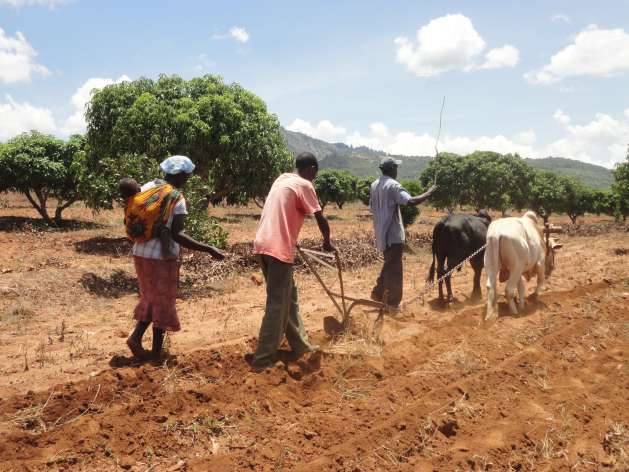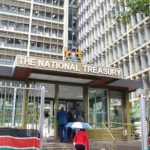The Kenya Landscape Actors’ Platform (KenLAP) is backing streamlining of various laws regulating the country’s landscape in a bid to mobile sufficient resources to support landscape restoration.
According to the platform, the country’s landscape is currently facing severe degradation as a result of among others, climate change, unsustainable land use practices, population increase and deforestation.
“Landscape restoration is very expensive. It is easier to lose your landscape in terms of integrity but it is very expensive for you to restore the same landscape, so we don’t have enough resources in terms of financial resources and human capital. It becomes difficult to restore the landscape,” said Dr Michael Okoti, chief research scientist at the Kenya Agriculture and Livestock Research Organization (KALRO).
As a result of the population increase which has further accelerated urban migration, Dr Okoti says Kenya is staring at losses due to landscape degradation of high potential cropping lands and high potential rangelands.
The landscape degradation is also projected to lead losses as a result of the decline in agricultural productivity and earnings from sectors such as fisheries, livestock and tourism.
“We want to see that each and every landscape is well managed for the sake of the other landscape. This interconnected needs to be maintained. As an economy we get a lot of benefits from the landscape. For example tourism alone gives us around $2.7 billion (Ksh 348b) per year, if those landscape are not maintained we lose than income,” added Dr Okoti.
KenLAP is also calling for an integrated landscape approach that will allow streamlining of the current policies that affect the country’s landscape in order ensure effective allocation of resources to support restoration and management of the country’s landscape sector.
“Most of Kenya has been degraded due to agricultural activities being done without the use of improved agricultural practices first and foremost and secondly, the forests and areas which have been conserved have been cut or degraded because of not enforcing some policies. It will need a huge effort for the line ministries that work on restoration of landscapes to be able to get resources,” noted Dr John Recha from CGIAR.
Stakeholders at the KenLAP 2024 Conference further backed close collaboration with the private sector to unlock necessary funding required to accelerate the government’s commitment to plant at least 15 billion trees by 2032 under the National Tree Growing Restoration Campaign launched in 2022.
“To archive true transformation requires collaboration and integrated finance. So where the government intention is to halt biodiversity loss, to increase tree cover, these require finance, knowledge and capacity building which is what development actors like ourselves are doing including collaborating with others who are researching about innovative methods that would work to inform policy decisions,” added Marion Nga’ng’a, Country Manager, Rainforest Alliance, Kenya and Tanzania.
The four days inaugural conference brought together landscape actors from Kenya, Uganda and Tanzania




